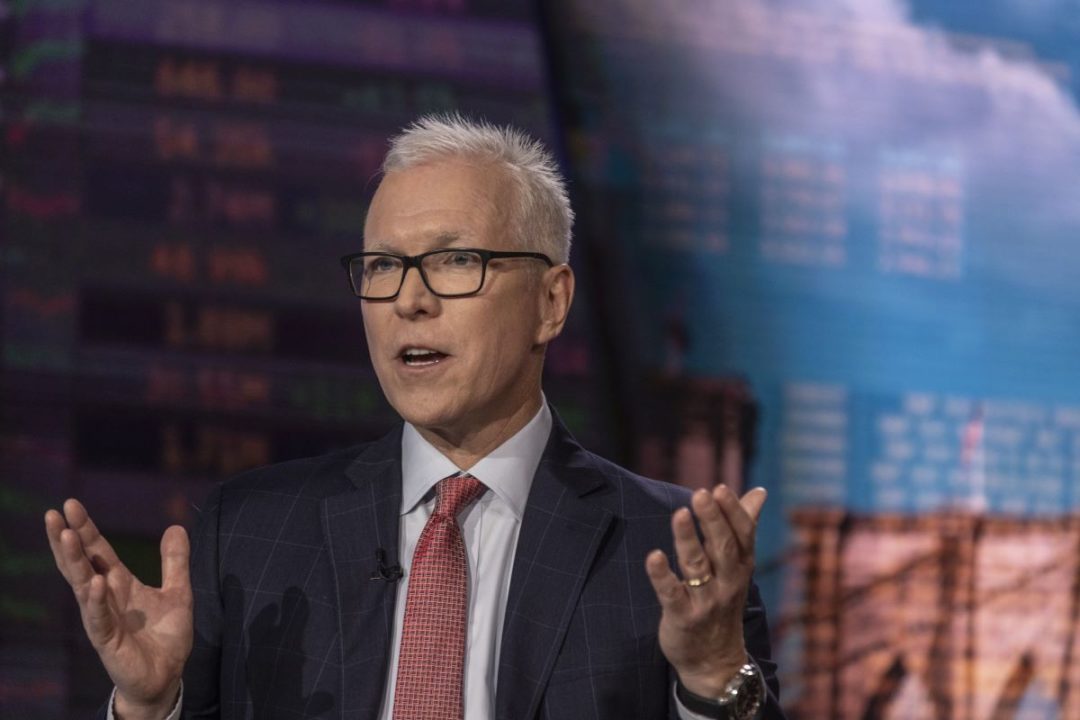
Home » Conagra CEO Says Focus On Frozen Foods Years Ago Was ‘Prophetic’
Conagra CEO Says Focus On Frozen Foods Years Ago Was ‘Prophetic’

Conagra chief executive officer, Sean Connolly. Photo: Bloomberg
January 17, 2023
The head of Conagra Brands Inc. says a “prophetic” focus on frozen foods and snacks years ago has helped the company excel in today’s world where more people are eating at home.
Bloomberg spoke with chief executive officer Sean Connolly on January 10 about how trends in packaged food have changed since he took the helm in April 2015. The conversation has been condensed and edited for clarity.
People started eating at home more due to COVID. Do you think that trend will stick?
If you look at every generation, when people grow up, they get out of college, they've got a significant other, they get their first place to live on their own. That means they've got their first kitchen, they start buying stuff, they start fiddling with food, developing some basic skills. Maybe kids come. Consumption of food at home goes up and up. In the pandemic, by our estimation, about five years of natural evolution happened all at once.
So, for example, if you're 20 and you've never made an omelet and you try to make an omelet in a nonstick pan without a can of Pam, good luck. Have fun cleaning that pan. So, we had kids basically figuring that out.
How has Conagra benefitted from more people working from home? What are people eating for lunch those days?
Our elevated focus on frozen and snacks could not have been more prophetic seven years ago. The quality of the food that was offered eight years ago in the frozen section was subpar. Frankly, the prices were too low and that led to the food quality not being up to consumer's expectations. The prices in many of the frozen sections were locked at 99 cents or below for years, if not over a decade. The problem with that is food quality is not going to win at those prices. We said frozen is the optimum temperature state for today's consumers, and frozen is just a temperature state. If you can dream it culinarily, we can freeze it.
Was there a big education curve to get people on board with more frozen food?
We knew people were going to be in the frozen section because there's stuff there that they have to buy, whether it's a bag of vegetables or a frozen pizza or a gallon of ice cream. But we learned a number of years ago that the provocativeness of your package design is a hugely important factor in getting the consumer to pause, look at your offering and say, wow, that is intriguing. A lot of the focus in making these innovations work is not just designing the food, but it's designing the package.
Shifting gears, your sales to Walmart now account for 27% of revenue, more than in prior years. Is this part of your growth strategy?
For food companies with a portfolio that looks roughly like ours, that's where you're gonna see it. When we bought Pinnacle Foods [in 2018], that number went up a little bit. That's a good thing because it reflects that Birds Eye and some of the biggest brands in Pinnacle have huge, huge businesses with Walmart shoppers.
The plant-based category is slumping, but Gardein is growing. Why is your brand different?
The projected size of the market in restaurants has come down off of lofty expectations. That was never a priority for us. Other products being branded on the menu of fast-food restaurants was very atypical. We were suspicious around the stickiness of that behavior. We stayed focused single-mindedly on retail, specifically within frozen and built our beachhead there. It has worked extremely well and Gardein continues to grow incredibly, versus three years ago, about 30-plus percent.
RELATED CONTENT
RELATED VIDEOS
Related Directories
Subscribe to our Daily Newsletter!
Timely, incisive articles delivered directly to your inbox.
Popular Stories

2024 Supply Chain Management Resource Guide: There's Only One Way Off a Burning Platform
VIEW THE LATEST ISSUECase Studies
-
Recycled Tagging Fasteners: Small Changes Make a Big Impact
-

Enhancing High-Value Electronics Shipment Security with Tive's Real-Time Tracking
-

Moving Robots Site-to-Site
-
JLL Finds Perfect Warehouse Location, Leading to $15M Grant for Startup
-
Robots Speed Fulfillment to Help Apparel Company Scale for Growth



